Flooded Car: Essential Steps to Take
What to do with a flooded car
If your vehicle was caught in a flood you must take immediate action or the damage can get even worse. Here are the steps to take if you have a flooded car
Step 1: Do not attempt to start the vehicle.
Step 2: Disconnect the battery terminals
Step 3: If you have comprehensive insurance, call your insurance company and file a claim. Let them handle the towing and cleanup.
If you have a flooded car but don’t have comprehensive insurance
If you don’t have comprehensive insurance or your comprehensive deductible is too high and you want to clean your vehicle yourself, know this:
• The seats, carpet, and carpet pad must be removed immediately. You’ll never get the smell and mold out if you leave them in place.
• NO amount of wet vacuuming will remove the water from the padding.
• Fully cleaning your car will be labor-intensive. Don’t take shortcuts.
Step 1: Do not attempt to start the vehicle.
Step 2: Disconnect the battery terminals
Step 3: Remove the seats, carpet and padding
• Use a wet vacuum to remove standing water. Remove the four bolts holding each seat to the chassis. Disconnect the wiring connectors to the power seats and airbags.
• Next, remove the center console.
• Remove the plastic rocker panel trim so you can remove the carpet
• Remove the carpet. You may be able to save the carpet by shampooing with an extraction machine and a mold-killing additive. Once shampooed, leave the carpet out in the sun to dry.
• Remove and discard the padding. You will never save the padding. Just like a flood in your home, you will never get all the water out of the padding. So toss it.
• Wash the floorboards with a household cleaner. Rinse and then dry.
Step 4: Open wiring harnesses on the floor and dry things out
Wiring harnesses run under the carpet and many times there are splices in the harnesses. Those wires must be dried out.
Step 5: Check the starter, transmission, and differential for signs of water
Chances are good that the starter motor, transmission, differential, steering, and even the engine may have been compromised. They must all be checked for the presence of water, salt, sand, and oily deposits.
How to remove the seats
Remove the plastic trim on the seat track rails to
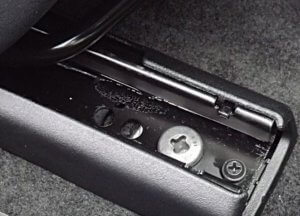
Remove the plastic trim pieces to expose the seat rail bolts
get to the seat track retainer bolts. Unbolt the seat and disconnect the airbag (if any) and seat belt sensor connectors. The airbag connectors are usually yellow and contain a locking pin. Be careful when removing and reconnecting the locking pin. Also, most late model cars contain a passenger presence device to let the airbag module know if someone is sitting in the passenger seat. If this module was submerged in floodwater, it must be removed and cleaned with water, and then dried. Even then, it may not work and require replacement. In addition to those two connectors, seats often contain a seatbelt sensor in the latch. If that got wet, it too may need to be replaced. Remove the front seats. Then remove the rear seat cushion.
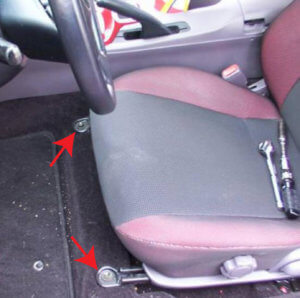
Remove the front and rear seat rail bolts. Then tilt the seat back and disconnect the electrical connectors.
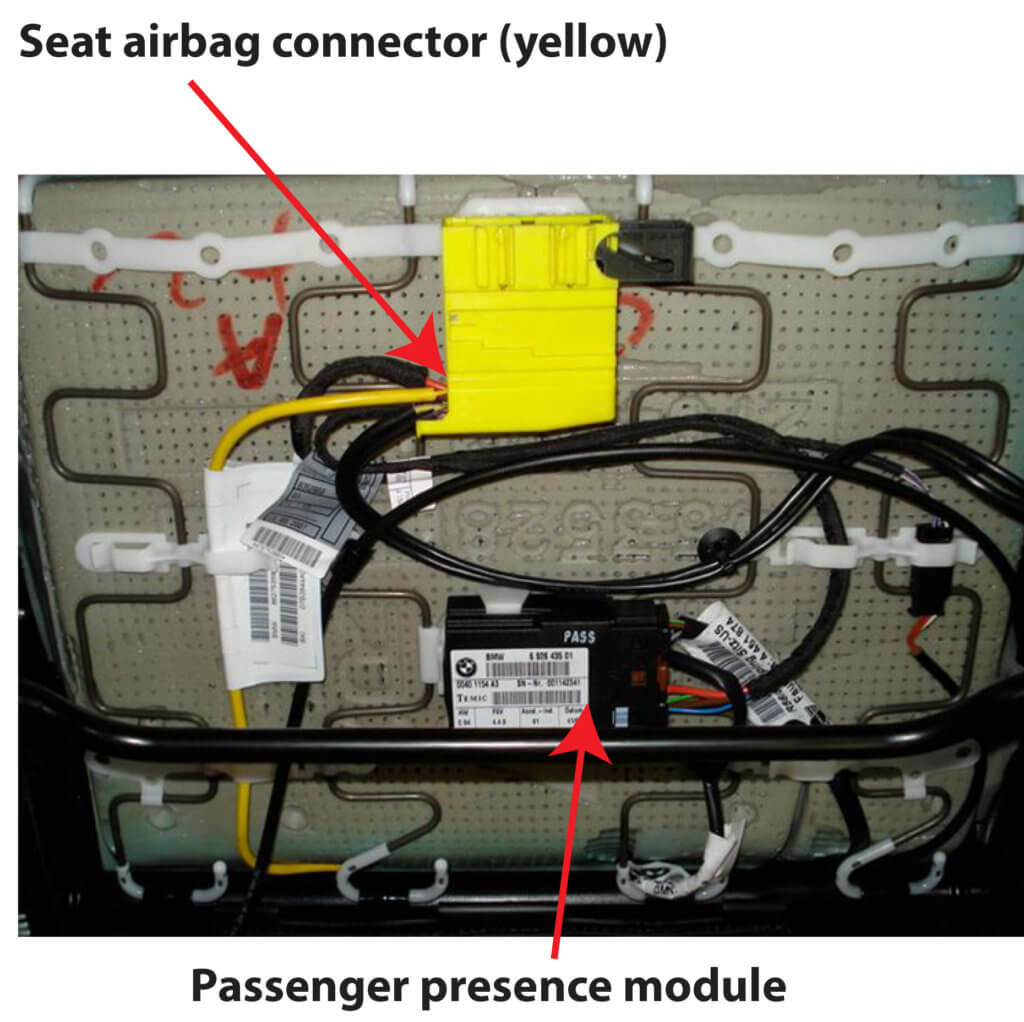 Remove the carpet and padding
Remove the carpet and padding
With the seats out, remove the plastic trim around the door openings to access the edge of the carpet. Remove any “hush covers” under the dash that covers the carpet that rides up the firewall. If the carpet tucks under the console, you may have to remove portions of the console.
Then remove the carpet and padding. Throw out the padding. Rent a carpet shampooer and purchase a mold-killing additive for the shampoo. Thoroughly wash the carpet. Leave in the sun for several days to dry the carpet. If it still smells, you’ll have to buy new carpet and padding. New custom-fit carpeting usually costs under $250. Search for molded automotive carpets or try these sellers.
stockinteriors.com
factoryinteriors.com
Clean the floor pan
With the carpet and padding out, use a general-purpose cleaner (Mr. Clean) and add a disinfectant solution. Use a sponge and wipe down the entire floor pan. Then rinse with clean water.
Rinse and dry the wiring harnesses
Use clean tap or filtered water to rinse the dirty residue off the wires in each wiring harness (remember, the battery is disconnected this entire time.) Use a rag to wipe down all the wires and any splice connections. Use a hairdryer to finish drying all the harnesses.
Remove the door trim panels
If the water level was high enough to reach the sill, you’ve got floodwater in your doors. That’ll have to be cleaned out as well. Remove the door trim panels and vapor barrier.
Open each door and use a household spray cleaner and a rag to remove any flood reside from the inside of the doors. Be careful of the sharp edge on the metal panels. Spray the door panels with clean water to remove the cleaning product. Then pour clean water into each door and let it drain out the weep holes at the bottom of the door.
Turn on a fan and dry out the interior
Close the doors but leave the windows open. Put a fan inside the vehicle and turn it on high. Let it run for several days to dry out any remaining water.
Check for rust
If you notice any rust, rub with a wire brush and treat each 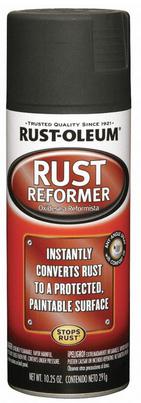 rust area with a rust converter (Rustoleum Rust Reformer is one brand). Then paint.
rust area with a rust converter (Rustoleum Rust Reformer is one brand). Then paint.
Replace the carpet and pad
Purchase new molded carpet and pad and install (instructions here). Or reuse the cleaned carpet and purchase new padding.
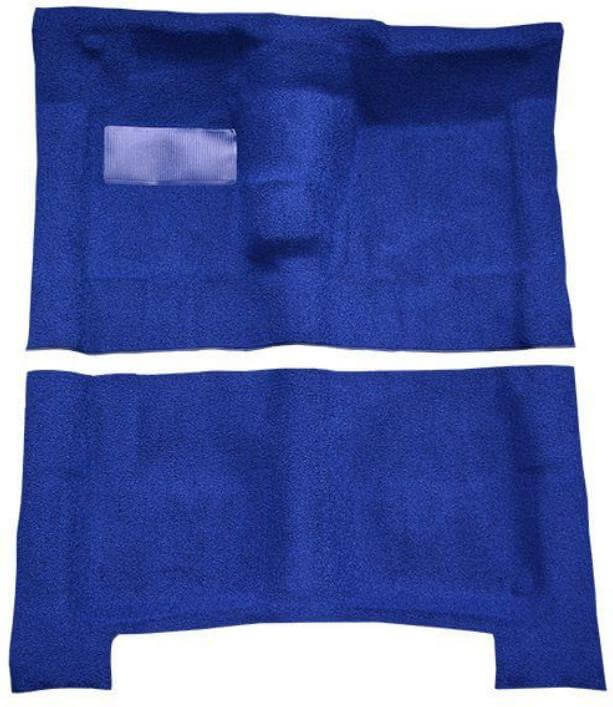
Do the same in the trunk
Remove the trunk carpet, spare tire, jack, etc. Wash down all the surfaces that got wet. Then rinse with clean water. Use a fan to dry.
Check the fluids and air intake for signs of water
Remove the air filter and check for water. If the air filter is wet, remove the air intake duct and check for water in the throttle body. If you ran the engine at all during the flood, the engine may have ingested water. See engine damage below.
Check the engine oil dipstick. If the oil is at the correct level and there’s no sign of water, the water probably didn’t enter the oil pan.
All automatic transmissions have a vent and water can get into the transmission through the vent. So check the transmission fluid. If your transmission has a dipstick, pull it and look for signs of water. If you see water, the transmission and cooler lines must be flushed before operating the transmission.
If your transmission doesn’t have a dipstick, locate the transmission fluid fill plug and take a sample from that port. If you find water, it must be thoroughly flushed before operating
Check the differential. Remove the differential plug and check for water. If you find any, drain and refill with fresh oil.
Check the steering rack bellows for water. These boots are normally sealed with a clamp. But water pressure from flooding can still get into these boots. Remove one of the clamps and check for water. If you find water, slide each boot out of the way. Rinse each boot and dry. Then reinstall with new clamps
Check the starter motor
Remove the starter motor and check for the presence of water, 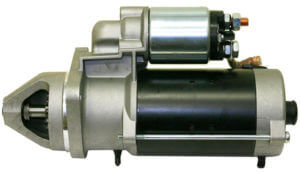 sand, or oily deposits. If you find any of those, you’re at risk of early starter failure. If the engine checks fine, it may pay to replace the starter now.
sand, or oily deposits. If you find any of those, you’re at risk of early starter failure. If the engine checks fine, it may pay to replace the starter now.
Flooded vehicle: How to check for water in your engine
If you found water in the throttle body, you may have water in the cylinders. If you crank the engine and there’s water in the cylinders, you can hydro lock the engine and destroy it. To avoid that, remove all the spark plugs and rotate the engine by hand with a socket placed on the crankshaft bolt. If water comes out of the cylinders, use compressed air to blow out the water and dry each cylinder.
What about all the electronics and flood water?
Flood water contains oil, acids, dirt, sewage, and sand. Once that toxic brew dries on a circuit board it can cause all kinds of strange electrical behaviors. You have a few choices:
Wait and see if you have electrical issues
Be proactive and remove the modules. Remove the circuit boards and wash with bottled water and mild detergent. Rinse with bottled water (reverse osmosis water). Then place the modules in front of a fan to dry.
Purchase rebuilt modules from an online module rebuilder.
©, 2021 Rick Muscoplat
Posted on by Rick Muscoplat
